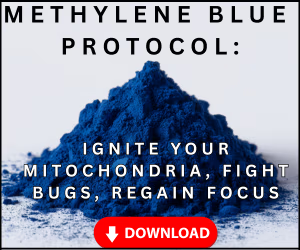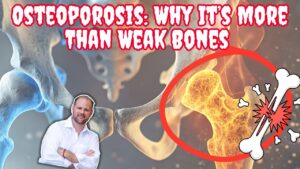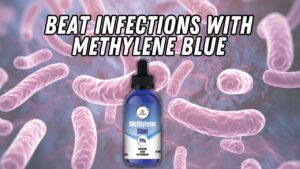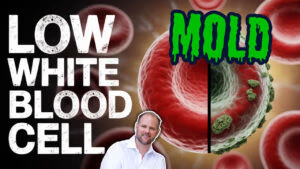You’re not alone if you feel something’s amiss. Pondering if it might be inflammation? This narrative might be what you’re searching for.
A Real-Life Tale of Tackling High C-Reactive Protein Levels
You’re not alone if you feel something’s amiss. Pondering if it might be inflammation? This narrative might be what you’re searching for.
A Real-Life Tale of Tackling High C-Reactive Protein Levels
Let’s dive into a tale about a client of mine. She waltzed into my office, sensing an issue but unsure what it was. Ever felt like you’re just not yourself? That was her.
The Alarm Bells – Understanding the C-Reactive Protein Range
We didn’t waste a second. Our starting line? The C-reactive protein test. It’s not just fancy jargon; it’s a real-deal inflammation detective. This test reveals just how much inflammation’s got you in its grip. What’s the goal? Keep that number under three.
Bingo! Her number was an eye-watering 224! See that red flag? I sure did.
Four Months, One Transformative Journey
Now for the twist. In a mere four months, her body’s tune transformed. From a staggering 224, we brought it all the way down to a much more manageable **3.93**. That’s what I call a makeover!
But the secret? Let’s spill the beans.
C-Reactive Protein High Treatment: The approach
A Custom-Made Drink – Not Just Any Beverage
For her, I crafted a distinct drink. Consider it her personal health cocktail. This isn’t a store-bought mix. Nope. Packed with magnesium powder, vitamin C, amino acids, and essential mineral drops. And she wasn’t a casual drinker – she embraced it daily. Couple that with a few more strategies, and inflammation was history!
So, What’s the Next Step for You?
If you think inflammation and high CRP levels are your unwelcome pals, here’s the silver lining: there’s a roadmap to better health. With a solid strategy, and perhaps a guide (hint, hint!), you can get back on track and reclaim your vibrancy.
Frequently Asked Questions (FAQ)
A CRP level above 3.0 mg/L indicates high risk for chronic inflammation and cardiovascular disease. Levels above 10.0 mg/L often signal a serious acute infection or illness.
High CRP is caused by systemic inflammation. This can be due to chronic conditions (like autoimmune disease), poor diet, stress, or acute issues like a severe infection or injury.
Lower CRP by addressing the root cause of inflammation. An anti-inflammatory diet, key supplements (like magnesium and vitamin C), stress reduction, and exercise can help. A personalized plan from a healthcare provider is most effective.








